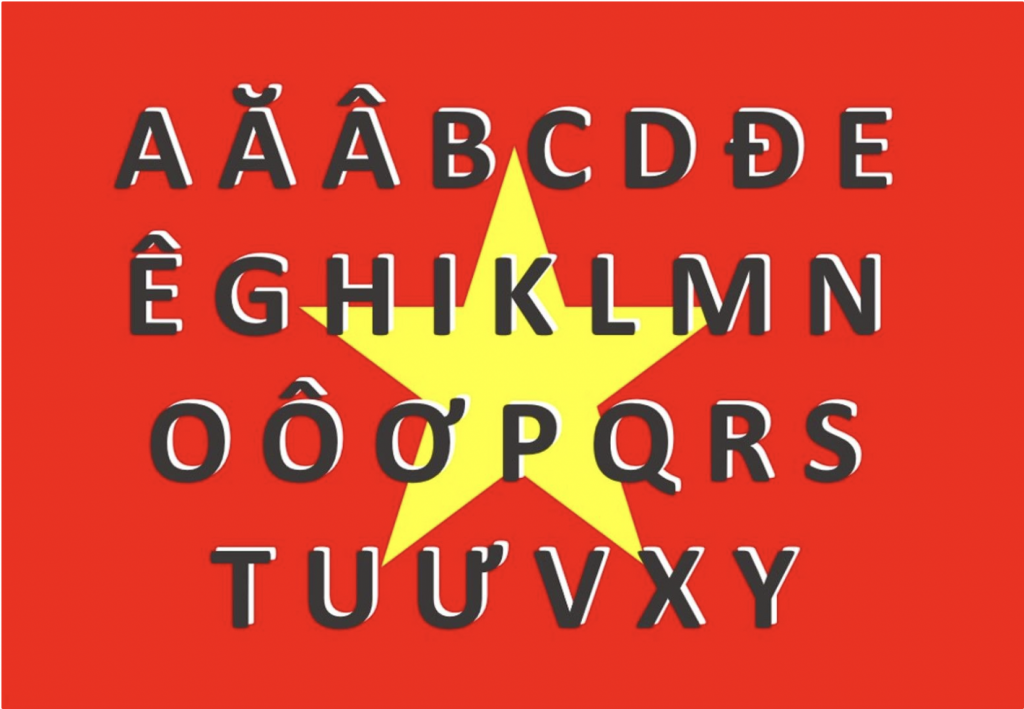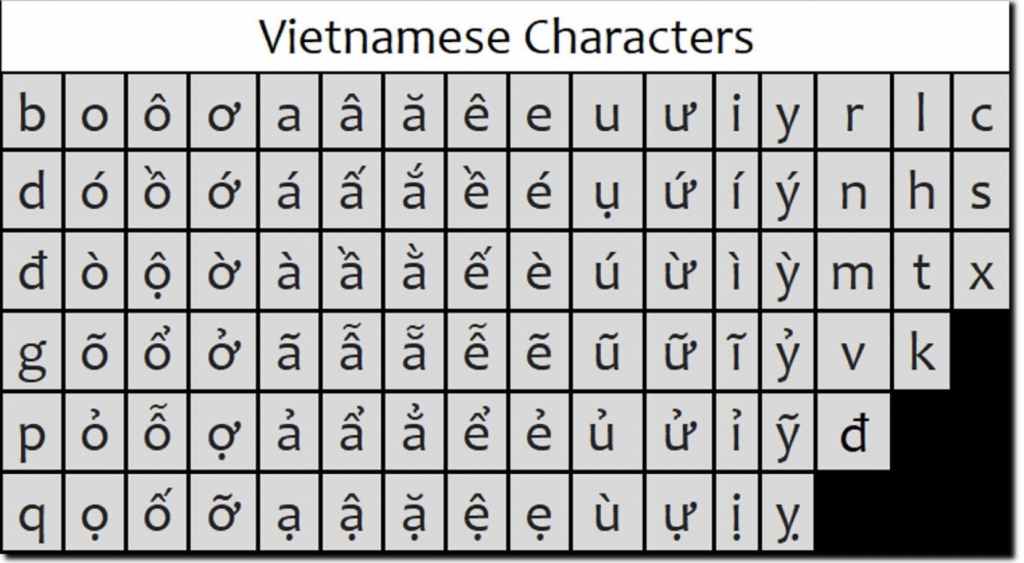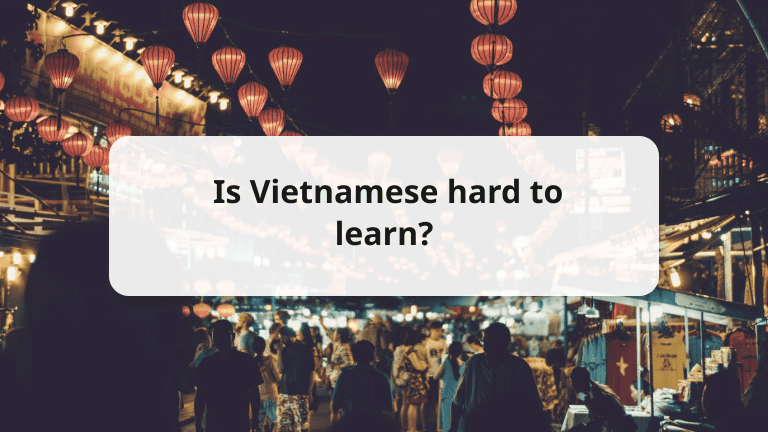Is Vietnamese hard to learn? Ask a Vietnamese if it’s hard to learn their language, and they’ll say yes. Ask a Spaniard if Spanish is hard to learn, and they’ll tell you no. Their answers have more to do with them than you.
Vietnamese is both an easy and hard language, depending on your strengths and weaknesses. If you generally grapple with grammar and tenses, it’s the perfect language for you. If you struggle with remembering new words or pronunciation, you might have a difficult time. Generally speaking, Vietnamese can be hard to learn for English speakers for its grammar, vocabulary and even alphabet are completely different from what you are used to. However, the language is very basic in structure and its rules are straightforward.
Once you zip past these, you can focus on vocabulary and pronunciation. Then, speaking fluent Vietnamese is not a dream anymore.
Why is Vietnamese Easy to Learn?
To an English speaker, Vietnamese can sound made up. No words are familiar and the tone is all over the place. But, when you delve deeper, you’ll find some pleasant surprises in its simplicity, including that it is nowhere near as complicated as other Asian languages.
Vietnamese Alphabet
The Vietnamese alphabet uses a version of the Latin alphabet—what I’m using now. For most of the past 2 000 years, Chinese characters or a Vietnamese-adapted version of these were used. The language went through several metamorphoses until, in the 17th century, chữ Quốc ngữ was introduced. However, only in the 19th century was this new Latin-based alphabet enforced by Vietnam’s French colonial rulers.
It consists of 29 letters—most the same as ours but all familiar-looking. What makes their written word easy to comprehend is that there are only two sets/types of diacritics (or accents). Once you know what the two sets mean, it’s really simple.
Firstly, seven of the letters contain diacritics in the letters’ standard form: Ð denotes a more rounded sound than the standard ‘d’ we’re used to; the other diacritics all apply to vowels: ă, â, ê, ô, ư, ơ. You can consider these seven characters as letters in their own right with their own unique sounds.
Take note that each letter of their alphabet keeps its pronunciation. In English, ‘a’ used in ‘car’ and ‘a’ used in ‘hat’ result in different pronunciations of ‘a’. In Vietnamese, ‘a’ is ‘a’.
Secondly, with Vietnamese being such a tonal language, diacritics are used to denote inflection. The same word spelt with two different diacritics results in two different meanings. More about this later.
That’s all you really need to know about their alphabet—no funny logographs or characters.

Vietnamese Does Not Use “A” or “The”
Following the subtitles on Vietnamese videos, you might notice that they use different words for ‘a’ and different words for ‘the.’ This is because they don’t actually distinguish between specific and non-specific nouns. Instead, they use classifiers to indicate the type of noun:
Inanimate Objects – Cái
- Cái bàn – table
- Cái bút – pen
- Cái ghế – chair
Animals – Con
- Con mèo – cat
- Con chim – bird
- Con gà – chicken
Humans – Người
- Người cha – father
- Người phụ nữ – woman
- Người nông dân – farmer
Technically speaking, you are never saying “the chair/a cat/an arm;” you are saying “chair/cat/arm.”

These are the most common classifiers you’ll need when conversing in Vietnamese. There are small exceptions but these are so few that it’s almost negligible.
Special cases to take note of include classifying buildings, someone in authority, and things that come in pairs:
- Ngôi is used when describing a temple (ngôi đền) or a house (ngôi nhà), for example.
- If you want to address someone formally, you precede the noun with vị: vị chủ tịch (president) or vị cha (father).
- Anything that comes in pairs is preceded by đôi: đôi giày (shoes) or đôi tất (socks).
Easy Grammar
If you’ve tried to learn German or Spanish, you’ll know that grammar can be a nightmare. You won’t find this problem when studying Vietnamese.
Conjugations
This is arguably one of the biggest saving graces when learning Vietnamese: There are no verb conjugations. In English, you need to know the conjugations in simple past, present progressive, future perfect continuous, etc. You eat, are eating, have eaten, etc.
In Spanish, it gets even more difficult when introducing pronouns: comer (eat), como (I eat), comes (singular you eat), coméis (plural you eat). And, just as in English, the verb changes with the tense: comí (I ate) or he comido (I have eaten).
In Vietnamese, you ăn—and that’s it. If the context doesn’t make it clear that you have eaten, you precede ăn (verb) with đã. Ðã ăn (eaten); đã ngủ (slept). If you are still going to do something, you precede the verb with đi. Ði ăn (going to eat) and đi ngủ (going to sleep).
I’m going to repeat this because it’s one of the things that makes Vietnamese easy: Vietnamese words don’t change!
Plurals
Here’s the rules you need to know about Vietnamese plurals: There are none.
Just as with everything else, you precede the word with another that indicates plural: những.
- Cat/cats – con mèo/những con mèo
- Horse/Horses – con ngựa/những con ngựa
- Mouse/mice – con chuột/những con chuột
This also solves the ever-debated ‘octopus’ problem…
As mentioned above, when things come in pairs, the noun is preceded by đôi. So, as you would say a pair of shoes, you’d say đôi shoes.
Genders
Some languages, like French and Spanish, assign genders to nouns. “The desk” in Spanish is “el escritorio” but “the table” is “la mesa.” This means that you need to learn the gender of each noun in the Spanish dictionary. You are completely free of this burden with Vietnamese.

Why is Vietnamese Hard to Learn?
Vietnamese is not all hacks and shortcuts however, otherwise everyone would be speaking it! The harder parts come in when you consider how much of a tonal language it is and how the diacritics change the meaning of words. Also, none of the words can be guessed at and the Vietnamese speak very fast.
Vietnamese Pronunciation
The Vietnamese use six tones to convey meaning. As mentioned, these are indicated with diacritics (or a lack thereof). They are à, á, ả, ã, and ạ, or just a without any diacritic. These can be added to any vowel, including ‘y,’ which is seen as a vowel in Vietnamese. Although this is a simple element of their written word, when put into practice it’s easy to get wrong.
Consider how the meaning of these words change:
- Ma = ghost (mid-level tone)
- Mà = nevertheless/but (low falling tone)
- Mả = tomb/grave (low rising tone)
- Mã = horse/code (high broken tone)
- Má = mother (high rising tone)
- Mạ = rice seedlings (heavy tone)
Remember the two types of diacritics I mentioned in the beginning? Well, each vowel can have one diacritic from each set. Not only will you find a ‘u’ with a grave accent (ù) or a hook (ư) but you’ll also find one with both (ừ).

Learning Vocabulary
The closest you’d come to a recognizable word is probably ga-ra, which means garage. (I am, of course, excluding words for Vietnamese foods that have gained popularity in the West, such as phở.)
The differences between Vietnamese and English are so vast because they stem from different language families. Vietnamese is an Austroasiatic language and English is Indo-European. This means that they have different origins and evolutionary paths.
The upside of Vietnamese is that all their words are short—it is known as a monosyllabic language. The downside of this is that they don’t have single words for everything. Instead, they sometimes combine words to portray meaning—you have to learn combinations of words instead of single words. For example, if you had to translate directly to English, you’d get:
- Parents: phụ (extra) huynh (brother)
- Air conditioner: điều (thing) hòa (draw)
- Mobile phone: điện (electricity) thoại (phone)
These aren’t words you would necessarily combine to convey the meaning of a third word. So, how can you get around this problem? You can’t. All you can do is practice, practice, practice.
According to FSI, the Foreign Service Institute, Vietnamese is categorized as Category IV of languages. The difficulty is just below learning Arabic, Korean, and Mandarin Chinese. It normally takes 44 weeks or 1100 class hours to reach fluency.
Although all Asian languages are relatively harder for English native speakers to learn, Vietnamese is one of the easier one compared to Korean, Chinese, Japanese and so on. It is because Vietnamese adopts Latin alphabet and no plural forms and articles.
While both are seen to be some of the hardest languages to learn by FSI, Chinese will be harder since one will have to learn how to write all the characters. Vietnamese, however, uses Latin alphabet. This can save one a lot of time.
Do You Want To Be a Người Học? Let’s Learn Vietnamese!


To become a student (người học) of Vietnamese is a big step, but a very rewarding one. It is one of the easier Asian languages to learn and should take you about half the time it will take you to learn Mandarin, Korean, or Arabic, hardest languages to learn.
The language has several pros and cons but, like any new language, you can go a long way with a little bit of help.
AmazingTalker offers several language courses, including Vietnamese, presented by native Vietnamese speakers (người bản xứ). They will help you through the complexities of pronunciation and vocabulary and prove to you how easy the language is in terms of grammar. Transform yourself today from a người học to a người bản xứ with AmazingTalker.
Discover the answers to your language-related questions on AmazingTalker’s Q&A page.
















